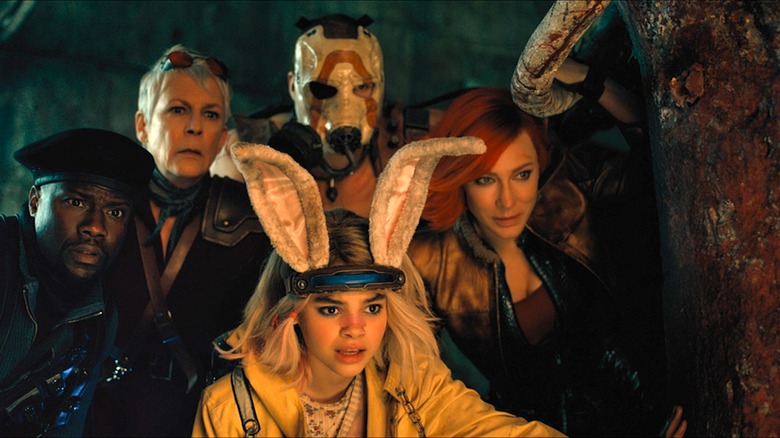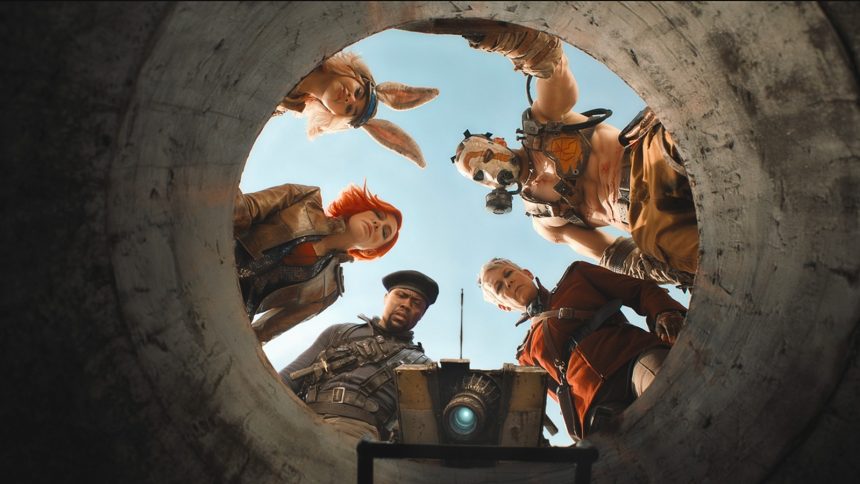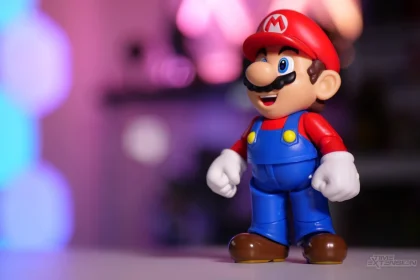The Borderlands movie, after numerous delays, has finally been released into a more favorable environment for video game adaptations, though it disappoints by failing to live up to expectations. The film deviates significantly from the original game’s essence, resulting in a generic experience that feels disconnected from the source material.
The issues with the movie stem not from its roots in a video game but rather from how much it strays from the core elements that made the game popular.
The movie significantly alters the tone and plot of the Borderlands series, creating a version that feels out of sync with the games. The humor is muted, and the action is sanitized to fit a PG-13 rating, stripping away the game’s signature bloody, irreverent style.
The story also undergoes major changes, remixing the original plot and omitting key characters, which contributes to the overall sense that this is not the Borderlands fans know.

Central to the plot is a new character, Atlas, the head of the Atlas corporation, who creates a daughter, Tiny Tina, using alien blood. This differs greatly from the game, where Atlas is not a person, and Tiny Tina has no such origin. The film’s plot revolves around Atlas hiring Lilith to retrieve Tina from Pandora, a planet she calls home in the movie, though this also deviates from her game backstory.
The movie introduces a core group of characters similar to the games but with notable absences and changes. Roland, Lilith, Tiny Tina, and Krieg team up with scientist Patricia Tannis to locate and unlock the vault. However, the vault cannot be opened using Tina, who was thought to be the key. Instead, Lilith, who discovers she is a Siren with ancient powers, is the true key, a twist that doesn’t align with the game’s lore.
The climax involves a battle between the heroes and Atlas’s forces, culminating in Atlas and Lilith reaching the vault. Instead of a final boss fight as in the games, the film ends with the vault’s creature, The Destroyer, dragging Atlas away, leaving the heroes to celebrate.
The film ends without addressing the contents of the vault, further distancing itself from the game’s narrative. A post-credits scene featuring Claptrap adds little value, making it skippable for viewers.







